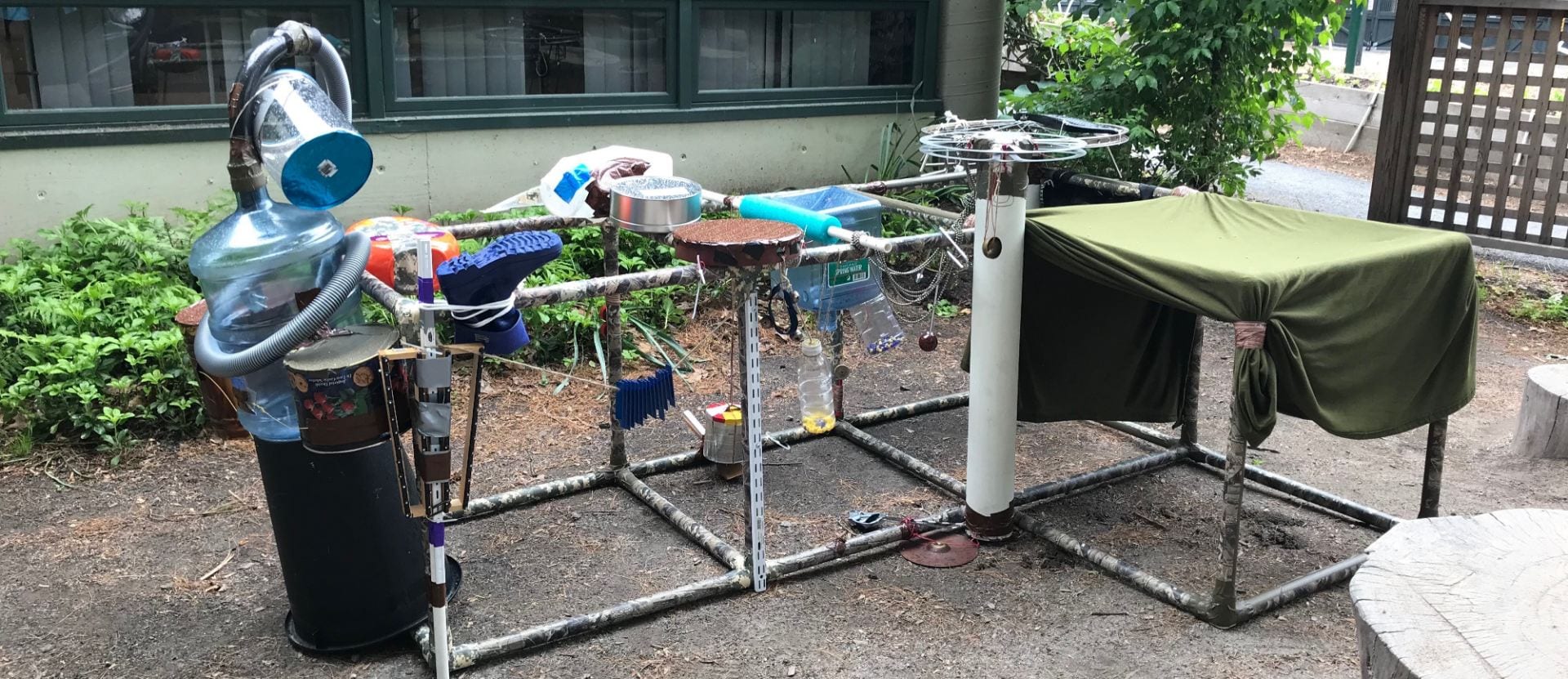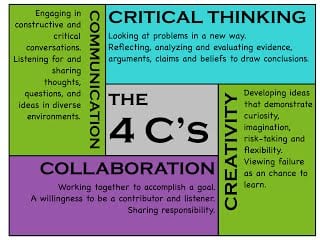
“What we, as design thinkers, have, is this creative confidence that, when given a difficult problem, we have a methodology that enables us to come up with a solution that nobody has before.”
–David Kelley, founder of the Hasso Plattner Institute of Design at Stanford University
![]() Design thinking is an iterative process that has experimentation built into it. Part of the ESPP’s mission is to give students an opportunity to experience this process along with goal-oriented learning. The end product shows a direct correlation with the work that students do at every step of the program. Our pilot research has shown that this balance between process and product has made the overall project successful.
Design thinking is an iterative process that has experimentation built into it. Part of the ESPP’s mission is to give students an opportunity to experience this process along with goal-oriented learning. The end product shows a direct correlation with the work that students do at every step of the program. Our pilot research has shown that this balance between process and product has made the overall project successful.
We also focus on what we call “social-cognitive” skills, which are also a part of design thinking. These skills are also known as the “4 C’s” in education:

The full ESPP curriculum provides several examples of how we have combined design thinking with social-cognitive skills practice into our program. Below we have given one sample lesson.
Design thinking activities
EXPERIMENT
Place all materials on a table if you’re in a classroom, or on the ground if you’re outside.
If you have sorted the materials into “types,” keep them in the groups you have organized.
Have students begin to experiment with the sound of the materials.
Note that this process will be loud, so you will need a space where making sound will not be a problem.
Give your students a good amount of time to experiment – this part of the process can vary depending on student interest.
Ask them to find a few materials that they thought made a good sound or that they liked when they put the sounds together.
DESIGN AND BUILD
Have the students draw a design for an instrument they might build out of the materials they have chosen.
Have the students then build their instrument based on their design.
Using various types of string, tape, wire, pipe cleaners, and other fasteners, have the students bind their instruments together so that they will not fall apart when moved.
